Apple's global supply chain operations are a marvel of modern logistics, blending precision and innovation to deliver cutting-edge technology. From the intricate dance of suppliers across continents to the strategic management of inventory, every aspect is finely tuned.
Global Supply Chain Operations
Apple's supply chain is a grand spectacle of coordination and precision. China supplies a staggering amount of components, with Goertek and Luxshare ensuring Apple's gadgets are more than just gizmos. Taiwan steps up with Foxconn, the engine handling assembly lines in China and manufacturing hubs in Brazil. Wistron, another Taiwanese gem, plays a crucial role in creating those magical printed circuit boards in India.
The USA isn't sitting on the sidelines, either. Major American suppliers like Qualcomm and Intel (though recently nudged out by Apple's own silicon) have been vital in pushing forward Apple's technology juggernaut.
Tim Cook, Apple's CEO, is obsessed with having a lean inventory. By maintaining minimal stock, Apple can swiftly pivot, adapting to market changes faster than you can swipe on your iPhone's screen. Apple's strict quality control, from its imposing Supplier Code of Conduct to rigorous inspections, ensures no detail goes unchecked.
Apple's global logistics partners are a critical piece in this well-choreographed global ballet. From shipping raw materials out of Japan to delivering the final polished product in San Francisco, these partners ensure Apple's operations hit every beat.
Apple is also playing the long game with sustainability, driving its partners to aim for a carbon-neutral supply chain by 2030. Renewable energy, recycled materials, and ethical sourcing are all part of this green playbook.
"While the iPhone might seem like just a sleek piece of tech to the layman, it's really the product of a global symphony of suppliers and innovative production techniques, all dancing in harmony to deliver that tiny rectangle of magic into your hands."
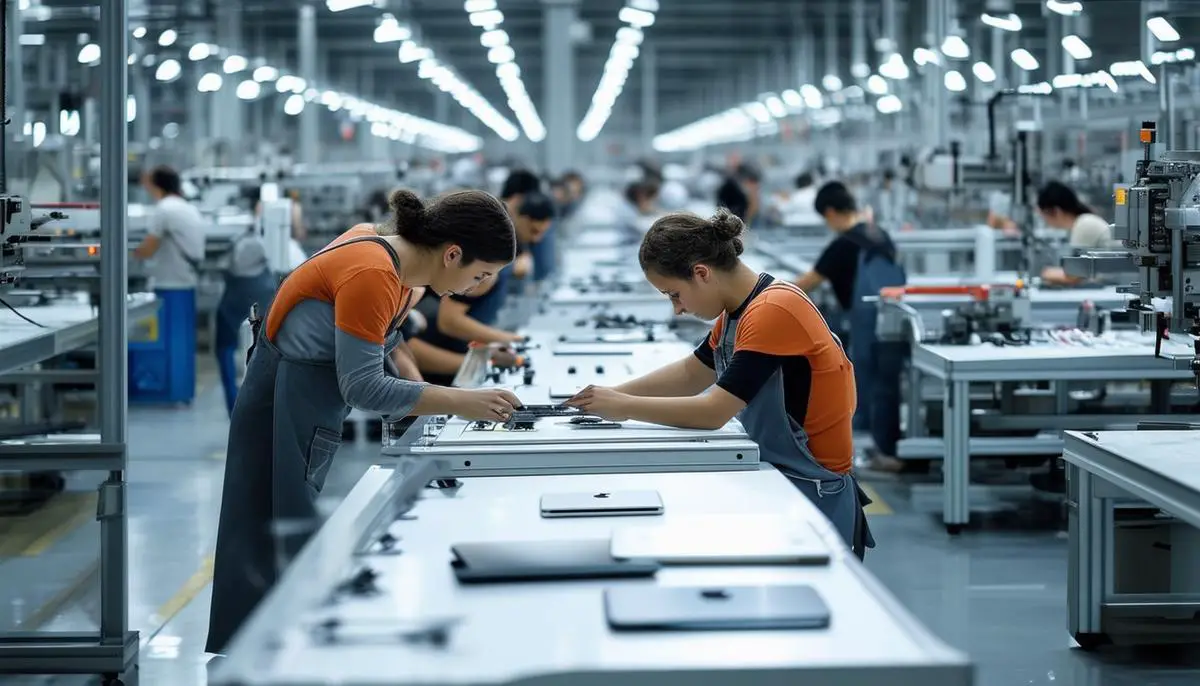
Supplier Relationships and Quality Control
Apple's supplier selection process is like a high-stakes dating show, where every contestant is analyzed down to the last detail. The Supplier Code of Conduct is legendary—only those who can meet these sky-high standards get to dance at the Apple ball.
Once a supplier makes it into Apple's exclusive club, the evaluation doesn't stop. Apple keeps a close watch, using a slew of metrics to scrutinize performance. These metrics cover everything from on-time delivery and cost management to compliance with environmental and social responsibilities.
Quality Assurance Measures:
- Rigorous audits and inspections
- Strict component standards
- Pre-assembly line quality checks
But Apple's relationship with its suppliers isn't just about strict oversight. They invest in their suppliers, offering:
- Training programs
- Educational opportunities
- Upskilling initiatives
The Supplier Clean Energy Program is a prime example, encouraging the use of renewable energy to reduce the carbon footprint. The Apple Clean Energy Academy is where suppliers learn to implement sustainable practices, making sure their whole operation is as polished as those shiny new iPhones.
By turning suppliers into partners, Apple ensures every component of their supply chain is optimized for efficiency and sustainability.
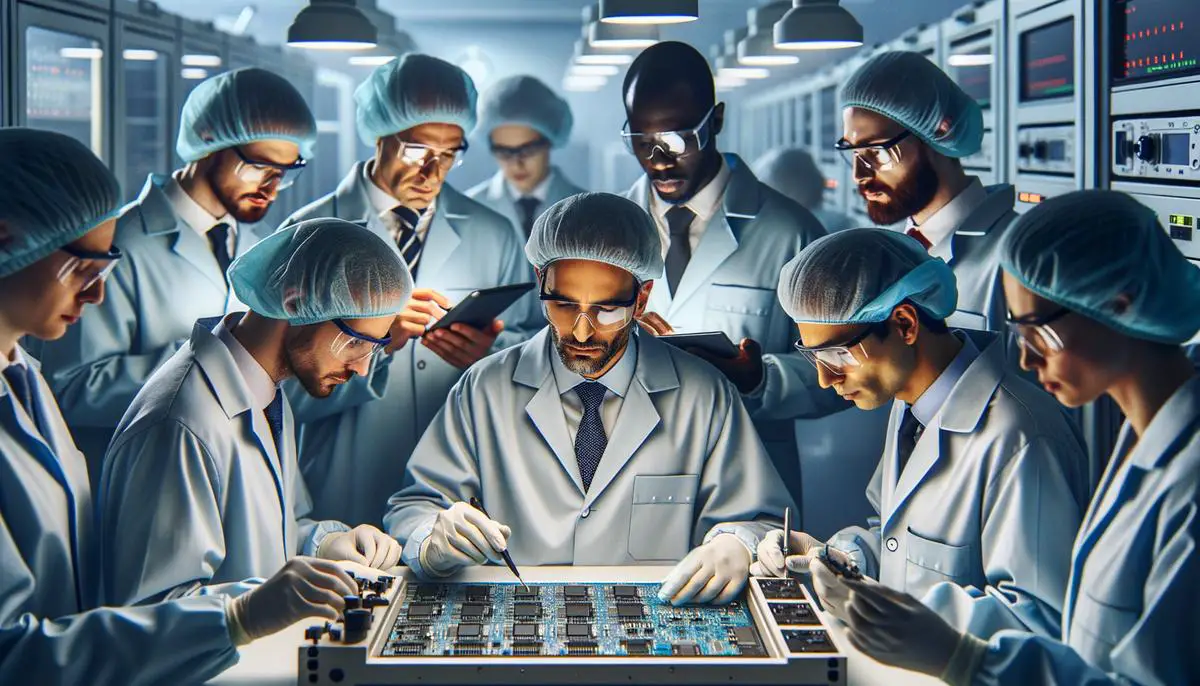
Inventory and Strategic Inventory Management
Tim Cook's philosophy on inventory management is renowned for its almost zen-like focus on minimalism. For Cook, inventory isn't some benign pile of products waiting to be shipped—it's a ticking time bomb.
Just-in-time manufacturing allows Apple to keep their stockroom looking as bare as a monk's quarters. Materials arrive precisely when they're needed, reducing the costs associated with storing excess inventory. It's like having a shoebox full of apple seeds instead of a barn filled with apples—compact, efficient, and prepared for planting only when absolutely ready.
This matters in the competitive tech market, where device wars are fiercer than a cinnamon challenge on YouTube. New models, tech innovations, and consumer preferences change faster than a Snapchat story. By maintaining a lean inventory, Apple stays nimble, almost feline in its agility.
Benefits of Minimal Inventory:
- Enhanced flexibility
- Reduced storage costs
- Improved resource allocation
- Faster adaptation to market changes
Advances like automation and AI are part of the grand strategy, helping smooth out the bumps in the supply road. These technologies ensure products transition from components to finished goods seamlessly.
Tim Cook's minimal inventory isn't just about being lean; it's about being smart, strategic, and sustainable. This method ensures that every part Apple produces is used, accounted for, and integrated into a device someone can't wait to buy. It's the ultimate blend of efficiency and responsiveness in a fast-paced industry fueled by constant innovation.
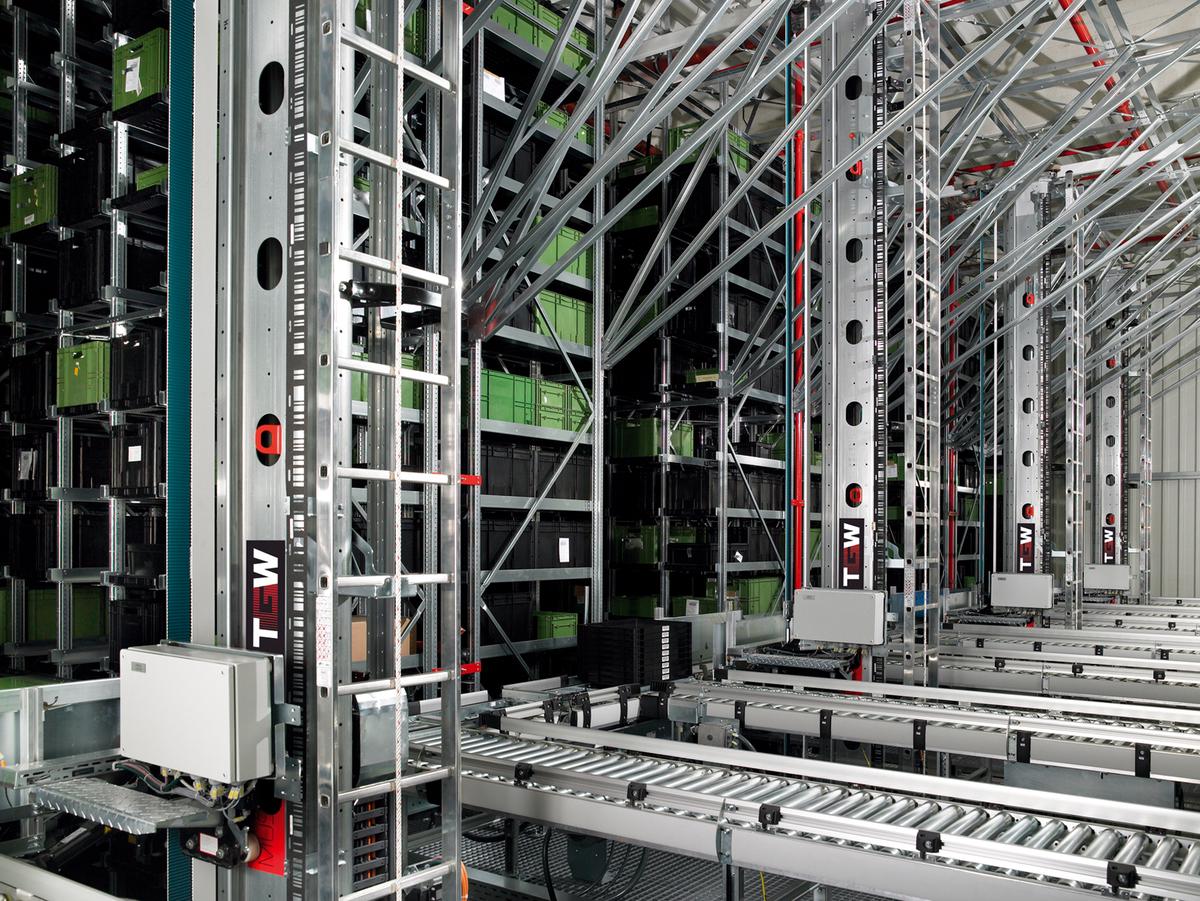
Technological Innovations in Supply Chain
Apple's supply chain management is a tech wonderland. Picture a mastermind wielding cutting-edge innovations to keep everything running smoother than a polished Granny Smith.
Artificial Intelligence (AI) is the superstar here. It's like the Einstein of logistics, crunching astronomical amounts of data faster than you can say "Siri." AI-powered analytics let Apple predict demand with uncanny accuracy, forecasting what customers want before they even know it. It's not magic, just clever machine learning algorithms sifting through sales data, market trends, and social media chatter.
Enterprise Resource Planning (ERP) systems are the unsung heroes behind the scenes. They're like the central nervous system of Apple's supply chain, integrating various functions seamlessly. Picture ERP as a master conductor, ensuring each section of Apple's supply chain orchestra plays in perfect harmony.
Blockchain technology serves as the guardian of transparency and security. Apple uses it to create an unalterable ledger of transactions, tracking every component from tiny screws to complex chipsets. This ensures ethical assembly and helps Apple quickly address any supply chain hiccups.
These technologies work together in a symphony of efficiency:
- AI predicts needs
- ERP directs resources
- Blockchain keeps everything transparent
It's a trifecta of tech wizardry that turns potential chaos into clockwork.
Consider a new iPhone launch. AI anticipates demand down to the zip code. ERP streamlines production schedules. Blockchain ensures every component's journey is transparent. It's an operation that rivals a beehive's efficiency.
So, next time you unbox that shiny new Apple gadget, remember the technological marvels behind it. It's modern-day alchemy that transforms raw data and components into must-have devices. That's the secret sauce keeping Apple at the top of its game. 🍏🤖✨
Sustainability and Ethical Practices
Apple isn't just about slick gadgets; they're serious about making the world better. Picture them as a green crusader in sleek aluminum armor.
Their goal to reach carbon neutrality by 2030 is no small feat. They're transforming operations with renewable energy investments in China and Japan. It's like they're building an orchard of green tech to power their products.
"We plan to become carbon neutral across our entire business, manufacturing supply chain, and product life cycle by 2030."1 – Apple's Environmental Progress Report
Recycling at Apple is a high-tech treasure hunt. Meet Daisy, their iPhone disassembly robot. This eco-friendly hero recovers precious materials at lightning speed. The goal? Make each new iPhone from 100% recycled materials. It's like turning old tech into new treasures.
Apple's Sustainability Initiatives:
- Eliminating hazardous materials
- Enforcing a strict Supplier Code of Conduct
- Implementing the Supplier Clean Energy Program
- Launching the Clean Water Program
- Committing to ethical sourcing practices
The Supplier Clean Energy Program encourages suppliers to go green. It's like teaching neighbors to grow sustainable orchards. Everyone wins: suppliers save on energy, Apple gets sustainability points, and the earth gets a breather.
Water conservation is also on the menu with their Clean Water Program. Imagine factories with magical wells that never run dry. They've saved billions of gallons of freshwater since launching this initiative.
Apple's commitment to ethical sourcing is impressive. They work to improve mining conditions and support communities around these mines. It's not just picking the best apples; it's tending to the whole orchard.
So, when you're eyeing that Apple product, remember it's more than a gadget. It's a symbol of innovation, responsibility, and sustainability. Apple's not just aiming to be the best tech company; they're trying to make the world a better place. Now that's a legacy worth celebrating! 🌳🍏✨
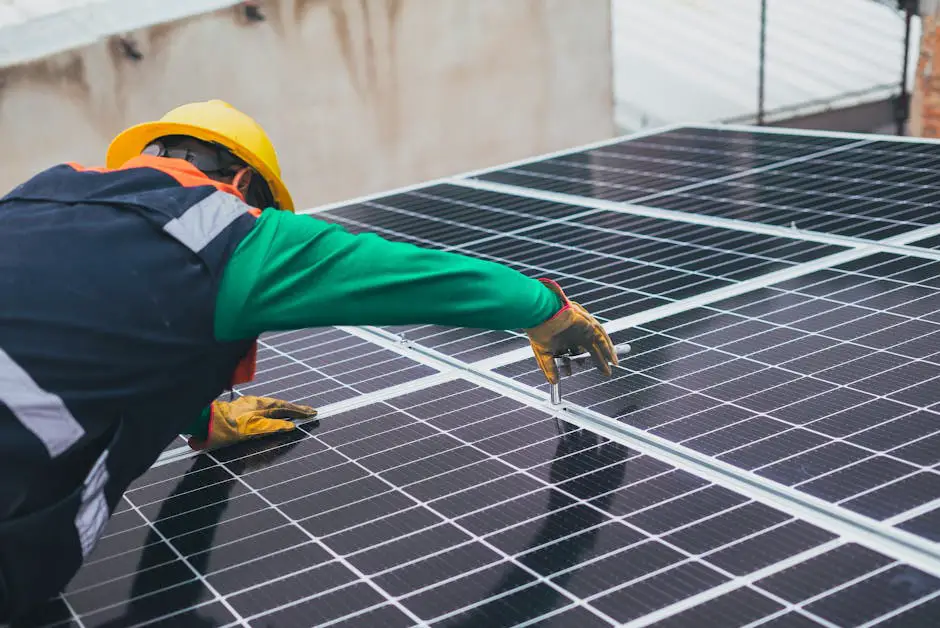
Challenges and Adaptations in Supply Chain
Apple's supply chain faces challenges as plentiful as apples in an orchard. Let's dig into some juicy ones and see how they've managed to keep things crisp.
Major Challenges:
- Geopolitical Tensions: Trade conflicts between the US and China
- COVID-19 Pandemic: Global supply chain disruptions
- Quality Control: Issues in new production locations
Geopolitical drama has caused quite a stir. Trade tensions between the US and China made Apple's supply chain feel like it was walking through a thorny patch. But Apple, being the savvy orchard keeper, knew how to pivot. They started diversifying production locations, setting up shop in India to balance their reliance on China.
Then came the COVID-19 pandemic—an unwelcome frost! It hit global supply chains hard, freezing operations and causing delays. Apple didn't let its apples rot; they adapted quickly. They implemented safety measures and leaned heavily on data analytics and AI to keep tabs on changing demands and supply chain statuses.
The Indian expansion wasn't all smooth sailing. Apple faced quality issues and hygiene problems during iPhone 15 assembly in Indian factories. This forced them to temporarily shift some production back to China. But they didn't give up; they worked with Indian partners to improve standards and training.
Apple's Adaptive Strategies:
- Diversifying production locations
- Partnering with industry titans like BYD and Luxshare Precision
- Constant supply chain monitoring and data collection
- Investing in automation and advanced robotics
Apple monitors their supply chain constantly, collecting data and tweaking strategies. They invest in automation and advanced robotics to reduce human error and boost efficiency. These tech marvels are like tireless, precise farmhands.
Their resolve to safeguard the supply chain is like ensuring their apple trees can weather any storm. They plant partnerships, cultivate innovations, and diversify operations to keep every gadget flourishing.
Remember, that iPhone in your hand isn't just a tech marvel; it's proof of Apple's ability to adapt and thrive amidst supply chain winters and geopolitical pests. They've turned challenges into opportunities, ensuring the apple always rolls towards innovation and excellence. 🍏🌟
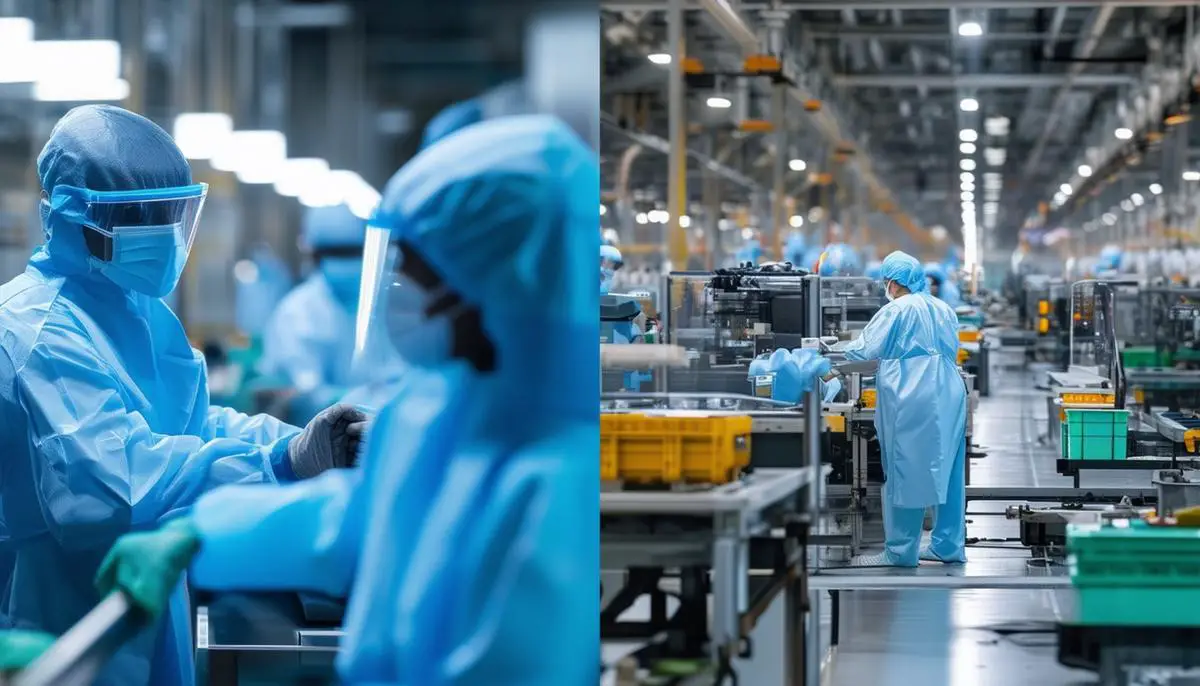
As you hold your latest Apple device, remember it's more than just a piece of technology; it's the culmination of an extraordinary global effort. Apple's relentless pursuit of efficiency, quality, and sustainability ensures that each product is a testament to their innovative spirit and careful planning.